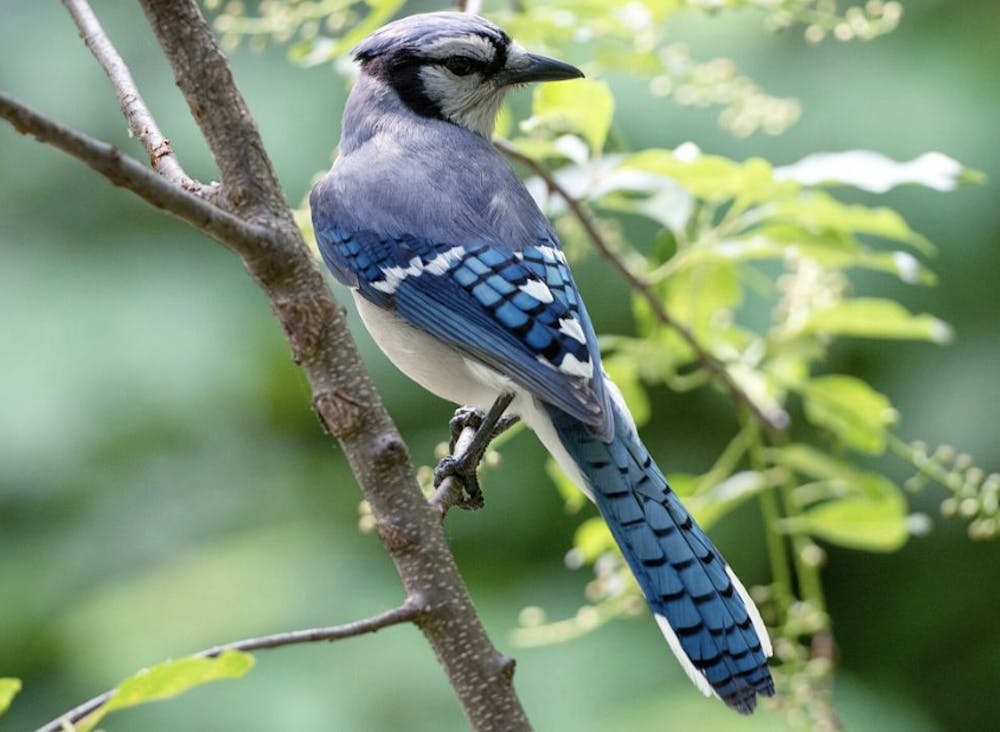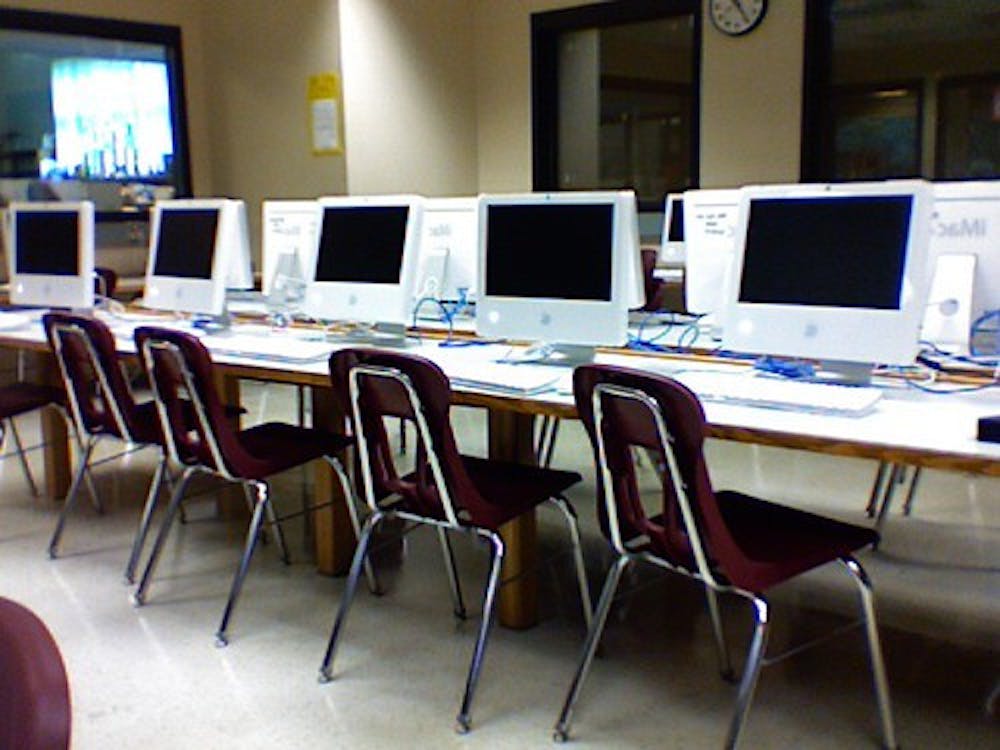The blue jay is our campus mascot. But have you ever actually seen a blue jay on campus?
Many students have never seen the iconic bird at Homewood. A concerning trend in decreasing bird diversity and abundance may be the explanation.
A recent study found that since 1970, the North American breeding bird population has declined by almost 30%. That is a huge number of birds lost. The class of 1970 would have enjoyed seeing many more birds on campus. If you ask a member of the older generation, they will tell you that the land was once teeming with bird life. But today, Homewood Campus is mostly silent.
This decline in birds is almost exclusively caused by human activities. Habitat loss is one of the principal factors in bird declines, caused by anthropogenic destruction of crucial wetlands, grasslands and forest. In the city, humans reduce the habitat of birds down to small city parks, removing trees and other vegetation that support different species of birds. Humans also cause declines in birds more directly. Hundreds of millions of birds die every year in collisions with buildings, cars and powerlines.
On our very own campus, bird collisions with buildings are a major issue, and recent research at Hopkins shows that they occur more frequently than you might think. Birds don’t perceive glass buildings like humans do, and they might interpret a reflection of the sky or vegetation as something they can fly straight through. But instead, they meet a hard surface. If they are lucky, they can shake it off and fly away in a few minutes. If they are not as lucky, they die on impact or suffer lethal injuries.
A group of environmental science undergraduates, dubbed the “Bird Strike Force” (Olivia Bond, Alex Chang, Mylie James, Alex Jeffords and Kayla Rabey), is conducting seminal research on this problem. Our senior capstone project aims to identify buildings on Homewood Campus that are hotspots for “bird strikes,” instances where birds collide with buildings, by conducting daily surveys of building perimeters. If you’ve seen someone suspicious poking around the backside of your building, that might be us.

COURTESY OF OLIVIA BOND
American goldfinch that met its fate at the Glass Pavilion.
As we wrap up our research, a few findings have emerged. We’ve found 25 birds killed by window strikes on campus since September. Unsurprisingly, most of these strikes occurred at glass buildings. Out of the buildings we surveyed, the ones with the most strikes were the Glass Pavilion, the Bloomberg Center for Physics and Astronomy, the Undergraduate Teaching Laboratories (UTL) and Olin Hall. We’ve found dead birds at these buildings that you might never expect to see on campus: a ruby-throated hummingbird, a downy woodpecker and a great crested flycatcher, among many others. These birds might have lived out their lives in peace if not for the University’s glass buildings.
The good news? There is a highly effective way to prevent bird strikes on glass buildings — one we’ve already started implementing on campus.
The solution is bird-safe glass, a technology that makes glass appear less transparent to birds. You may have seen bird-safe glass when you’re looking out the window at the Rec Center. That simple pattern of dots, as it turns out, is extremely effective at preventing bird strikes. In our study, the buildings with bird-safe glass (the Rec Center and the Bloomberg Student Center) did not receive any bird strikes, even though they had the largest glass surfaces. The best part is, Hopkins doesn’t even need to reinstall entire windows in order to add bird-safe glass. We can retrofit existing windows with a thin vinyl film of stickers to prevent most bird deaths on campus.
The University is already making some effort to retrofit windows by applying black bird decals on large windows. However, our study found this style of decal is completely ineffective at preventing strikes. Olin Hall, the Glass Pavilion and the UTL have bird decals, but they still caused dozens of bird strikes. To be truly effective at preventing collisions, window decals need to have a repetitive pattern of closely spaced objects.
Hopkins needs to make a serious effort to address the issue of bird strikes on campus buildings. Its attempts to retrofit existing buildings have not been informed by the immense body of research on bird strike prevention measures, and as a result, they are ineffective. By reading reputable research on bird strike prevention and setting aside a small amount of money to retrofit windows, Hopkins could hugely reduce its negative impacts on local birds.
Bond is a senior from Reston, Va. majoring in Environmental Science. She is studying the bird strike issue at Hopkins as part of her senior capstone project. If you see a bird strike and wish to report it, send a photo and location to obond2@jh.edu. You can also attend the Bird Strike Force’s research presentation on Dec. 12 at Olin Hall.





